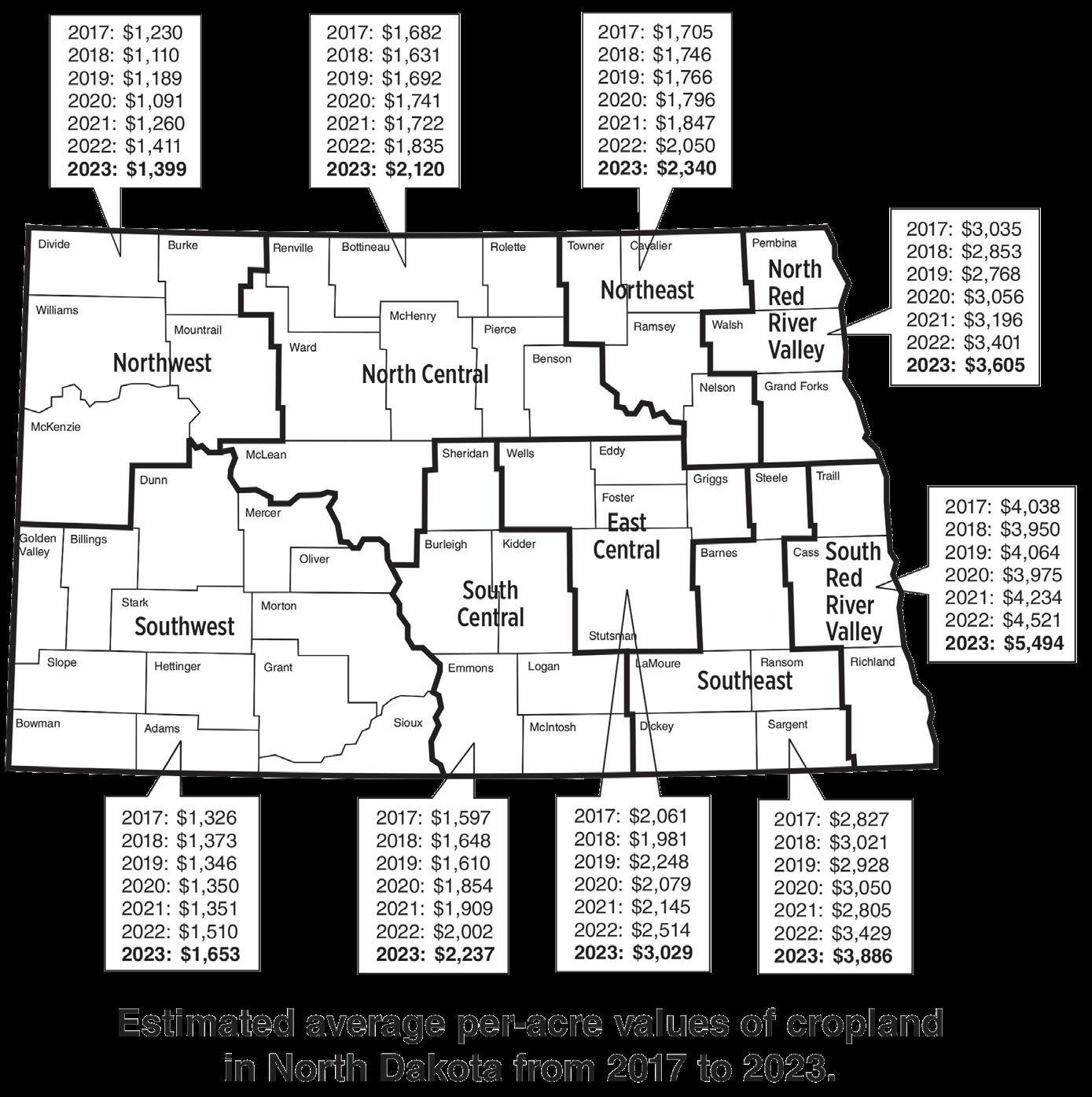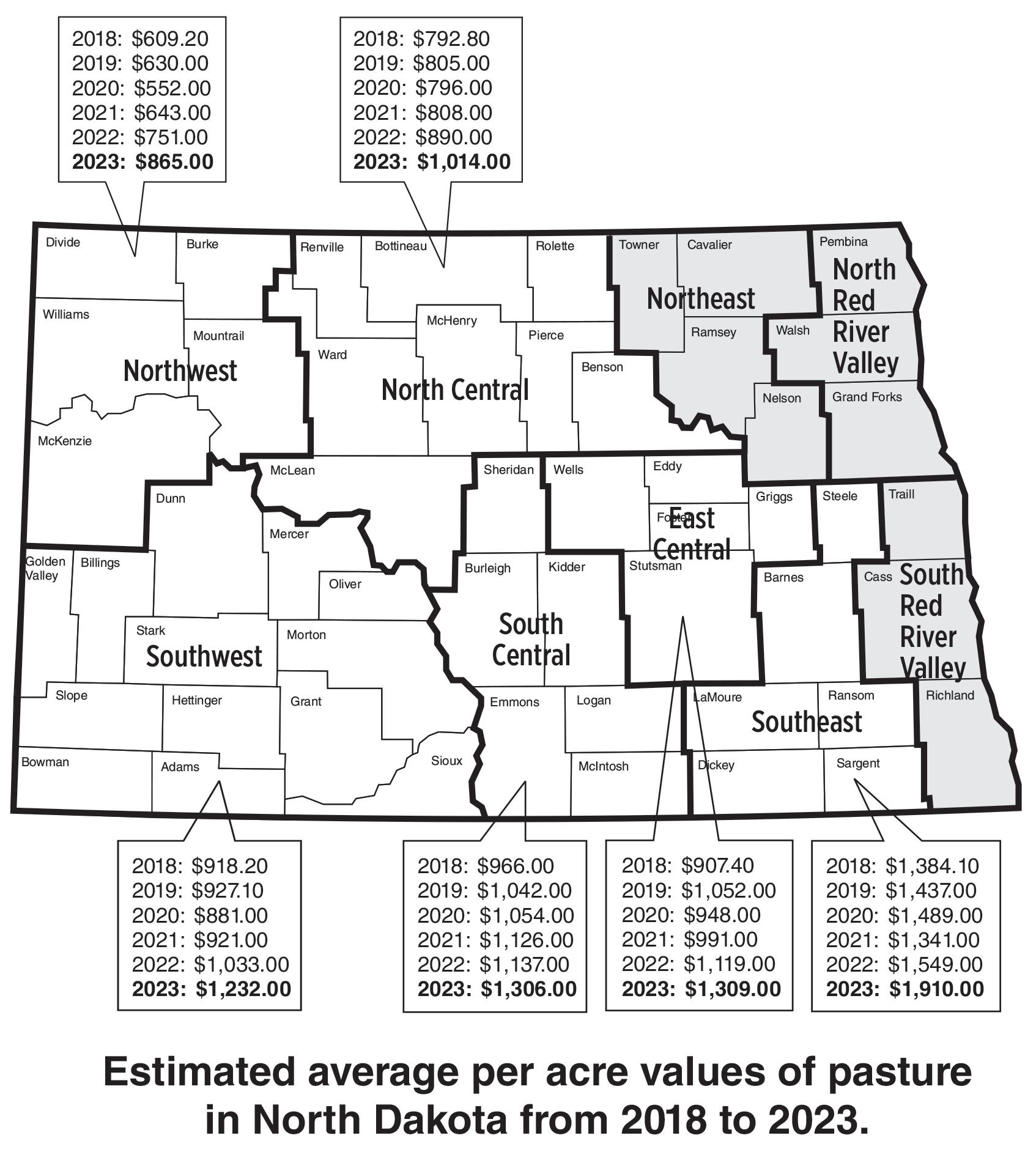
2 minute read
LATE START
Farmers remain optimistic about spring’s work, despite snowfall that could keep them out of the field until second week of May
BY CHRIS AARHUS, NDFU
By the time mid-April rolled around, warmer temperatures had given farmers renewed hope that a normal spring could still be had. That’s hard to believe, considering an especially hard North Dakota winter.
“Barring any big spring rains, I don’t think it’s gonna be too bad,” said Brad McKay, who grows corn and soybeans near Valley City. “The ground seems to be taking this moisture real good, because we were so dry last fall. But yeah, (snowmelt) is kind of what’s on everybody’s mind.”
As farmers prepare for spring planting, they’re watching snow piles melt with the hope they can get into the field with time to spare. McKay said it’ll be new territory for him.
“I’m 38 (years old), and this is the latest that I’ve seen,” he said. “We’re getting to the point where the snow needs to get out of here. Definitely everybody’s a little nervous. Some of the longer-season corn guys were probably optimistic that it would be an early spring because last fall was so dry, and they’d be able to get some longer-season corn in. That’s not going to happen.”
Spring wheat acres could also be affected, McKay said, if the weather doesn’t cooperate.
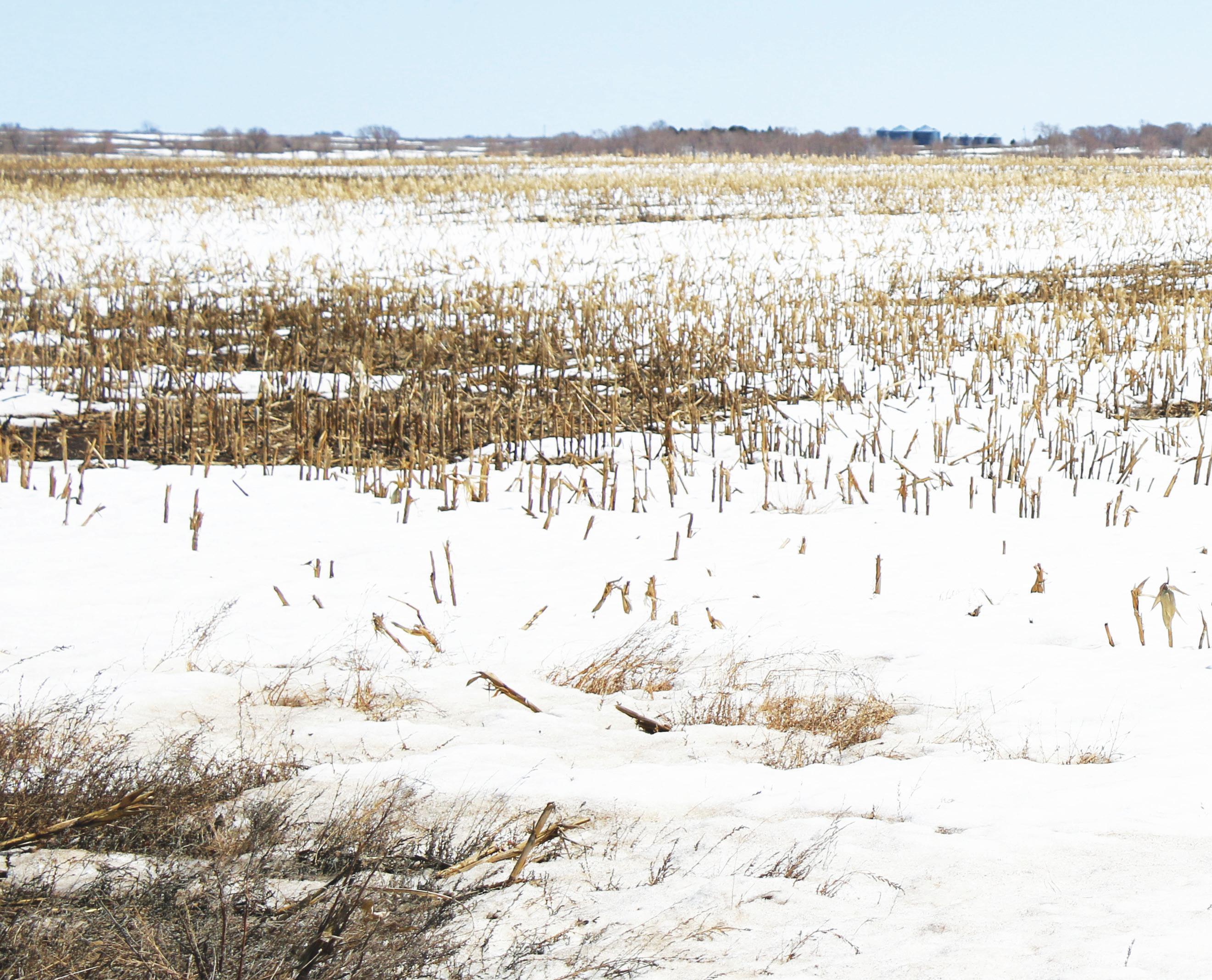
Farmers putting in wheat will be pushing hard to get their acres planted in early May, if they can get in the field.
“You get to that third week in May, and most guys are starting to question whether it’s right to keep planting wheat,” he said. “I would definitely say the late snowpack is going to impact wheat acres (in my area), because it’ll be easier to switch to corn. The guys who often take a couple extra quarters and plant them to wheat — those quarters might be going to corn.”
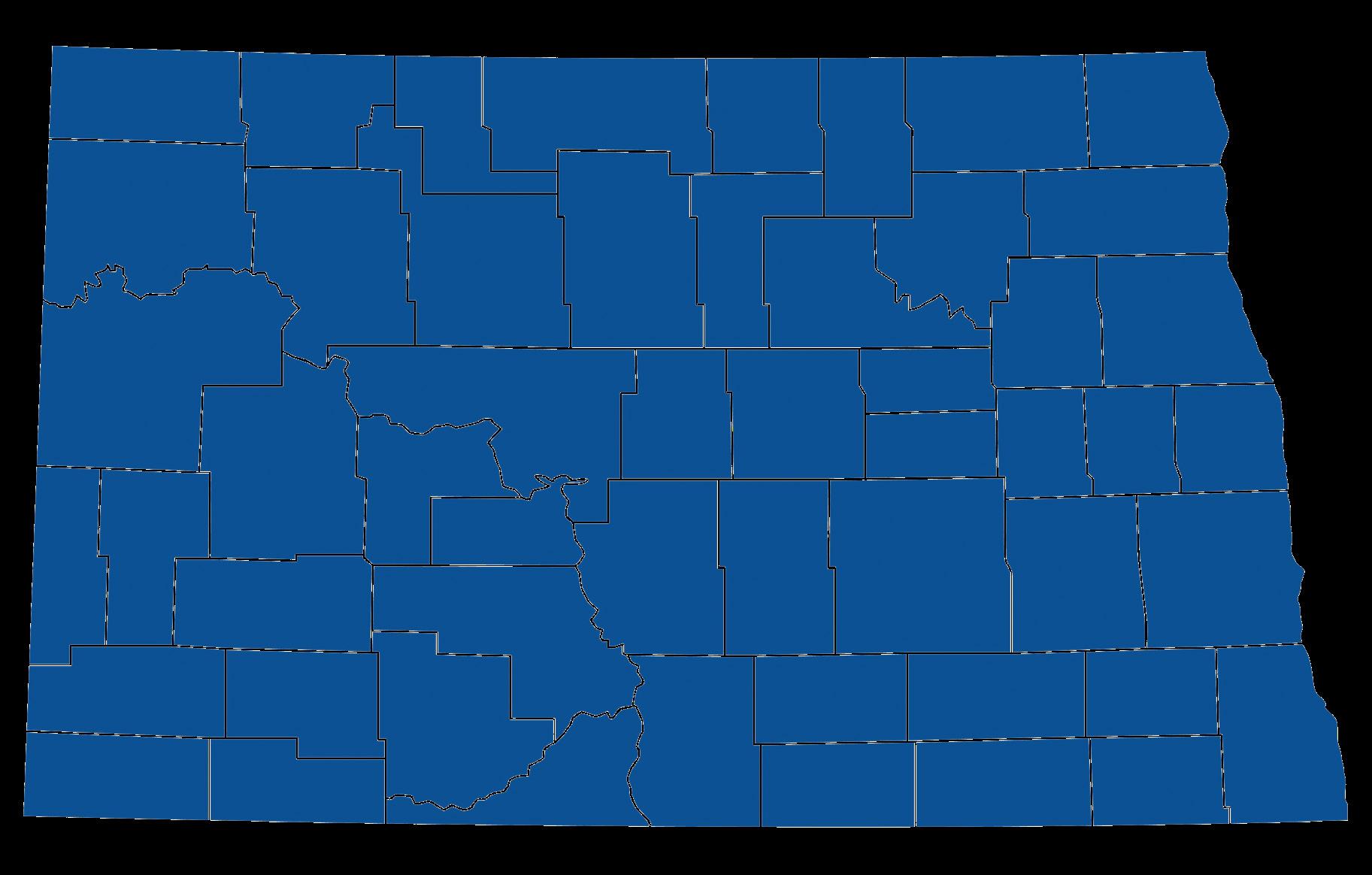
McKay said May 1 would be an optimistic target to get started this season, but noted May 10 is more realistic. Most importantly, he said, don’t underestimate what farmers can accomplish with a couple of nice weeks in May.
“When the time hits, we’ll work longer days,” he said. “Ten years ago, North Dakota didn’t have the planting power it has today with the amount of high-speed planters that guys have. For us, if we had two straight weeks of good weather and the fields are ready to go, we could probably put our crop in.”
Near Velva, 45-year-old Clint Gjellstad raises wheat, corn, soybeans, oats, peas and canola. Like McKay, he’s eager to get spring’s work started.

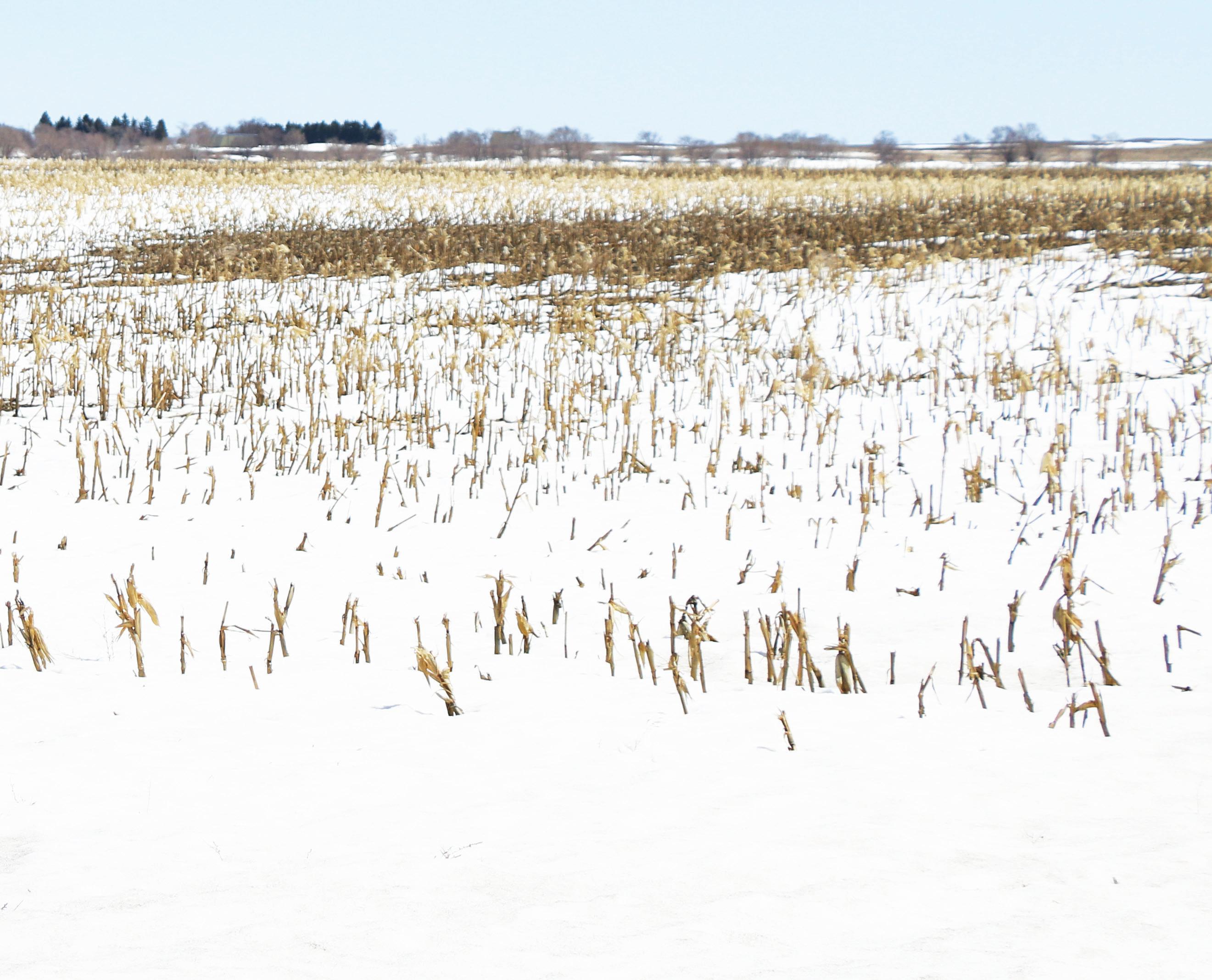
“We’ve got a fair amount of moisture and commodity prices are still hanging in there pretty good, so I’m looking forward to the start of a good year,” he said. “I can’t wait to get in the field.”
Gjellstad is running a similar timeline, hoping to get started by the end of the first week of May, providing his area doesn’t receive any untimely storms.
“With average temperatures and no large rain or snow events, I’d say we’re on track to where that could happen,” he said.
Gjellstad welcomes the moisture after dealing with crop loss from drought two years ago. Last year, his crop received timely rains.
“It goes to show you how much you’re not in control,” he said. “What do you do? You go to church, say your prayers for a good year and then have fun doing it.”
